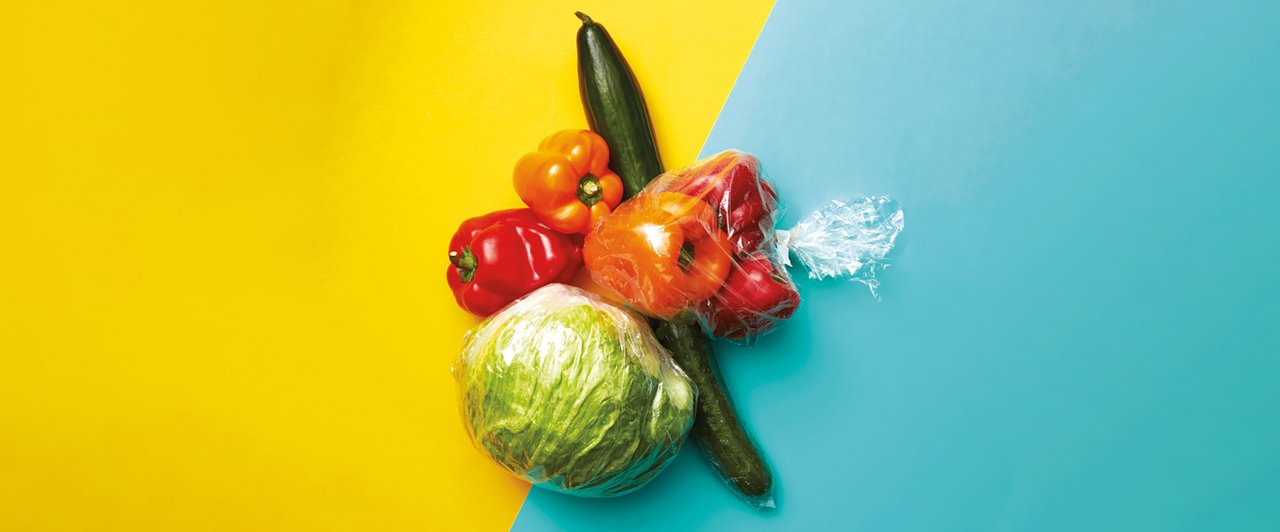Can we break our addiction to plastic? The future of packaging.
Leila Abboud (originally published in FT Magazine Life & Arts)
Every week or two, Magali Sartre, a 44-year-old who lives in Paris, goes online to grocery shop. She clicks on orange juice, olive oil, tea, pasta, cookies and crackers — a typical order for herself, her two young children and her husband, which she tops up with trips to a nearby organic shop, butcher and cheesemonger.
But when the delivery arrives, it looks anything but typical. Packed in a padded tote bag with thick foam dividers, the pasta and loose tea are in stainless steel reusable containers and the orange juice is in a glass bottle.
There are no plastic bags or ice packs in sight. Once the family has finished with an item, the packaging goes back in the tote for collection, cleaning and — eventually — refilling.
Sartre is one of the early customers of Loop, a new company that seeks to eliminate waste by teaming up with well-known brands such as Häagen-Dazs ice cream, Dove soap and Crest mouthwash to make their packaging reusable.
Now in trials with tens of thousands of people in Paris and across the US, the company aims to create a radically new shopping model in which packaging becomes durable, reusable, valuable and sometimes even beautiful, instead of something to be immediately thrown away.
The start-up is working both with multinationals such as Nestlé, Unilever, Procter & Gamble and PepsiCo and the supermarkets that distribute their wares.
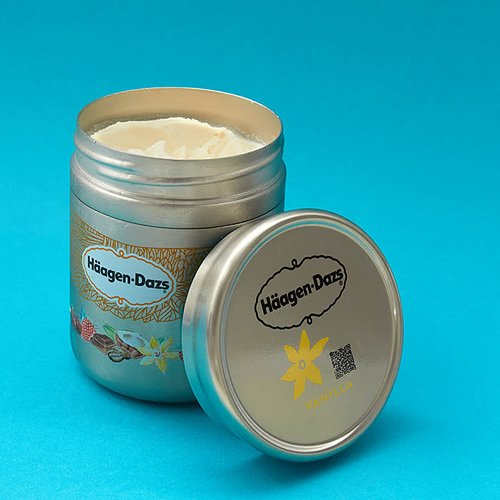
The concept appealed to Sartre, who uses the service to teach her seven- and nine-year-old children about how their consumption habits affect the environment. “I’m pretty militant about it,” she admits.
“I really want to show as a consumer that I don’t want any more plastic, and send a message to big companies that I’m ready to spend money to back another model of consumption that is more in line with my values.”
Sartre is in the vanguard of a burgeoning consumer movement against plastic packaging that has begun to spur change at the world’s biggest makers of food, drink and household products. Industry executives say that vocal customers have pushed concerns about climate change and pollution up the agenda to the point where big businesses can no longer ignore them.
Pressure has only intensified since 2017 when the BBC nature documentary Blue Planet II showed how staggering amounts of plastic — eight million tons a year according to the US environmental advocacy group Ocean Conservancy — were ending up in our seas, killing albatross chicks and entangling sea turtles.
In what was soon dubbed the “Blue Planet effect”, consumers began to complain about plastic forks and berate brands online for what they saw as excessive packaging. “We can already see that consumers, especially younger ones, really care about sustainability issues, so to remain relevant we need to change,” says Alan Jope, the chief executive of Unilever.
But even as green campaigners want the industry to go further faster, executives warn that there are real challenges to reducing our reliance on plastics. Switching to glass and metal often means higher greenhouse gas emissions because of their heavier weight. Plastic is light, versatile, cheap and durable — allowing companies to maximise shelf life while minimising manufacturing and transport costs.
Roughly a quarter of the 348 million tons of annual plastic production worldwide now goes into packaging, according to Plastics Europe and UK conservation charity the Ellen MacArthur Foundation, making it the single biggest use of the material ahead of buildings, textiles or transportation.
While the companies, scientists and entrepreneurs who spoke to the Financial Times agreed change is coming, they had widely differing views on what exactly the future should look like. Some are focused on making the plastic they use more recyclable. Others believe materials such as coated paper, fibre and cardboard could take its place in many cases. Still others think a more wholesale transformation of how we buy and consume products is needed.
Each approach would have radically different implications in terms of costs, benefits and convenience, both for companies and consumers.
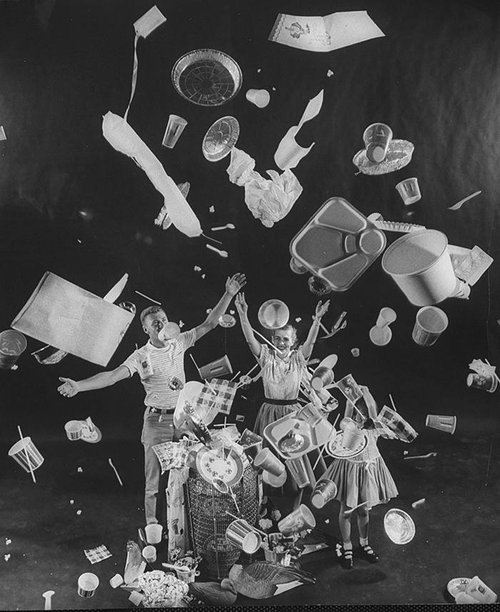
Entrepreneur Tom Szaky, 37, who came up with the idea for Loop, became an authority on waste management after founding TerraCycle in 2001, a company in New Jersey that recycles difficult-to-dispose-of-items on behalf of big companies. He believes that real change will come only when people turn against the very idea of disposability.
“If our mission is to eliminate waste, then recycling is not the long-term solution, it is only a Band-Aid,” says Szaky. “We need to completely rethink our relationship to products and how we shop. We need 100 ideas like Loop.”
The modern plastics industry began in 1907, when Belgian chemist Leo Hendrik Baekeland invented the first plastic resin made of synthetic materials. Humans had used naturally derived plastics for thousands of years, making them out of cellulose from plants, animal horns and spider silk. But Baekeland’s invention was cheaper, safer and easier to manufacture.
A Life magazine cover from 1955 shows a family gleefully throwing a plethora of disposable items above their heads. “The objects flying through the air in this picture would take 40 hours to clean, except that no housewife need bother,” the text read. “They are all meant to be thrown away after use.” An era of convenience beckoned as companies started churning out disposable nappies, garbage bags and styrofoam plates.
Today, roughly 6 per cent of global fossil-fuel consumption goes into making plastic, and that is expected to increase to 20 per cent by 2050, according to the International Energy Agency.
Plastic has become the go-to for packaging goods. A cucumber wrapped in the material lasts two weeks compared with just three days unwrapped, reports the Flexible Packaging Association. The share of plastics in packaging increased from 17 per cent in 2000 to 25 per cent in 2015, according to the Ellen MacArthur Foundation, which has done extensive work on how to fix plastic pollution.
Most of this is used once and discarded — costing $80bn to $120bn annually and flooding a global recycling system that simply cannot handle the stuff.
As footage of the Great Pacific Garbage Patch and sea turtles choking on plastic straws has spread, people are taking notice. According to a YouGov poll from April, nearly half of Britons feel guilty about the amount of plastic they use and more than 80 per cent are actively trying to reduce waste.
In many parts of the world, regulation is also tightening. Some 127 countries have placed limits on plastic bags, while the EU will ban a range of items by 2021, including cutlery, plates and straws. The UK government has made proposals to tax packaging that does not contain enough recycled content and wants to make manufacturers responsible for the full cost of managing their waste.
Nowhere is our collective plastic addiction more visible than in the supermarket. Most of Britain’s chains, including Tesco, Sainsbury and Iceland, are experimenting with ways to reduce reliance on disposable plastic packaging. Starting in June, Waitrose ran a test in its Oxford store to study the effects of removing plastic from 200 product lines, while encouraging people to bring in their own containers.
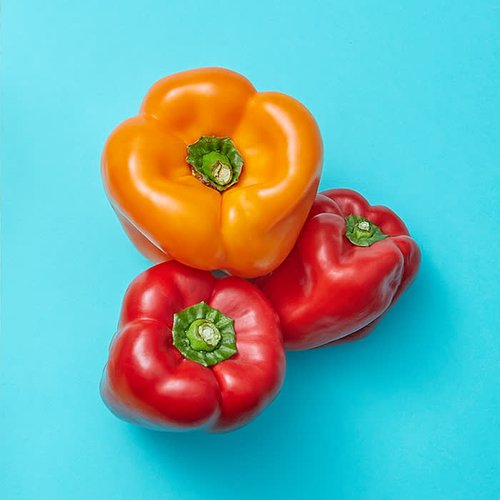
The difference was immediately apparent in the fruit and vegetable aisles: fresh lettuce lay in homespun-looking wooden crates, carrots were jumbled up in another and tomatoes were arrayed in cardboard punnets. Light-green compostable bags were available for customers to pick out produce in the quantities they desired.
Nearby was a bulk food section where customers could buy wine and beer in refillable jugs, or rice, pasta, beans and other staples in refillable containers. Shoppers left feedback on white comment cards hung to the wall: “It would be even better if there were more things in the bulk section,” wrote one. “Funnels needed for decanting into jars!” Another welcomed the experiment: “Really hope you continue and spread to other stores.”
What did not look all that different, however, was the middle of the store. When it came to household products, biscuits, cereals and pet food, the aisles remained a festival of plastic.
When big retailers weigh up changing their shops they have to study the impact on the entire operation. Will consumers actually bring in their own containers or will they see it as a hassle? How much extra labour is required? And what about food waste?
The latter is a major concern: about a third of food produced for human consumption is currently lost or wasted globally, according to the UN’s Food and Agriculture Organisation.
Yet there is a disconnect between consumer perception and scientific reality in this regard. “One ton of food waste has the impact of three tons of packaging waste when it comes to climate change,” says Tesco chief executive Dave Lewis. “So if you start from a place where you demonise all plastic but then you waste more food, that will actually be worse.”
Waitrose is still studying the data from the Oxford trial and is particularly interested in its impact on fruit and vegetable suppliers. They would have to make significant changes to how they pick and pack if the supermarket decided it wanted to get rid of packaging in the produce section of all of its stores.
“We spent 25 years in this country building up a supply chain to bring convenience and low prices to consumers,” says Tor Harris, head of sustainability. “That is not to say we can’t change it to go back to how it was before, but we need to recognise that [such changes] might have unexpected consequences.”
Other newcomers do not want to wait for the gatekeepers in the supermarkets — and their suppliers — to change. Entrepreneur Angus Grahame came up with the idea for Splosh, which delivers concentrated household cleaners, laundry soap and body wash by mail. Since these are supplied in small plastic pouches and then diluted at home, Splosh cuts down plastic and transportation costs.
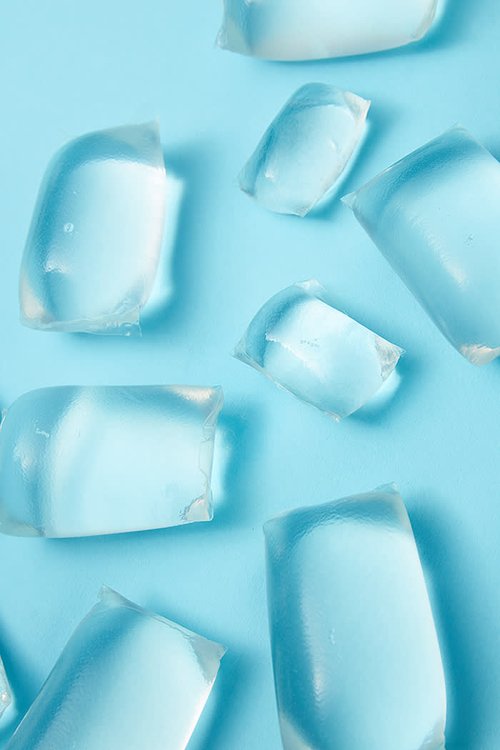
Grahame claims the company has about 20,000 customers and has not been able to keep up with demand. “We are a small Welsh company fighting in an industry of giants with a radically different business model,” he says. “People are prepared to cut out plastic and do good for the environment up to the point where it affects their lifestyle. So we need to make Splosh appeal to consumers on convenience, price and quality or it will end up being only for eco-warrior types.”
The challenges of replacing plastic mean that big consumer goods companies are putting much of their efforts into another approach, namely reducing the environmental impact of the packaging they do use. That can mean designing it from the outset so as to maximise the chances that it will be recycled, slimming it down to use less plastic or getting rid of combinations of materials that are hard to recycle.
Along the banks of Lake Geneva, in the Swiss town of Lausanne, Nestlé recently opened a research centre dedicated to the development of what it calls “functional, safe and environmentally friendly” packaging.
In laboratories equipped with white work benches and state of the art chemistry equipment, some 50 scientists are searching for new ways to package brands such as KitKat chocolate bars, Perrier water and Purina pet food. They work with start-ups and outside experts, as well as packaging companies that have been Nestlé’s traditional suppliers.
But the world’s biggest food and drink company does not see its mission as getting rid of plastic, says Véronique Cremades, head of sustainable packaging. “We believe there is good plastic and bad plastic, and making packaging more recyclable is just as important as moving to new materials,” she says. “Our vision is for a waste-free future where no Nestlé products end up as litter or in landfills.”
Like the other consumer goods giants, however, Nestlé is very far from that point: it produces 1.7 million tonnes of plastic packaging a year, third to Coca-Cola and PepsiCo among companies that voluntarily disclose how much plastic packaging they use.
Nestlé has been methodically going through its portfolio to evaluate how it can make packaging more sustainable but it is a time-consuming task. It took the company nearly two years to remove all the plastic from the dozens of types of packaging used on Smarties chocolate globally — everything from production lines, quality testing and consumer response had to be taken into account.
“In the past, we would design the product packaging with many factors in mind, and its environmental impact was only one of them,” says Cremades. “What is different now is that we are having to re-engineer our whole portfolio of products with these principles in mind. We are all going back to school here.”
Similar initiatives are under way elsewhere. About 400 consumer goods makers, packaging producers, retailers and companies in the recycling industry are taking part in an ambitious project led by the Ellen MacArthur Foundation that aims to create a “circular economy”, in which plastic never becomes waste.
Participants — who pay to join — say the regular workshops have turned into a laboratory, bringing together people who once rarely spoke to one another. Companies in the project have committed to using more recycled content in their packaging, a key step in giving recyclers and waste companies a reason to process the stuff. But they have a very long way to go.
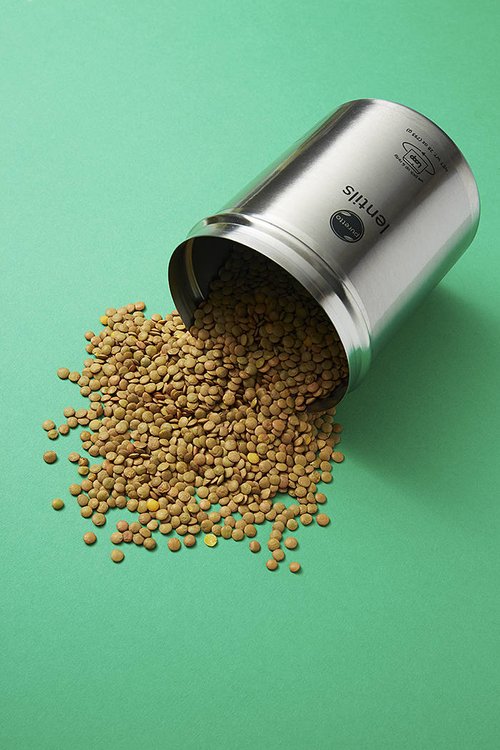
“It’s not enough to just think about recycling, they have to think more fundamentally about their supply chain and the product design so as to need less packaging in the first place,” says Sander Defruyt, who heads the project.
Take Coca-Cola. Despite standardising its bottles to be more recyclable, only 9 per cent of the plastic packaging that it uses annually is made from recycled material. Others are doing even worse: Unilever says less than 1 per cent of the plastic it used for packaging last year was recycled, while Nestlé used 2 per cent.
One issue is that designers and marketers often balk at the quality and look of recycled plastic. “It often comes in shades of grey, and consumers aren’t used to seeing that,” says one designer. “It’s up to us to explain to them why the packaging looks different.”
At Waitrose, everyone agreed on getting rid of black plastic ready-meal trays, as machines at waste-sorting facilities cannot see them, making recycling impossible. However, the marketers disliked the appearance of the pink, light-green and beige recycled plastic trays devised as alternatives.
Eventually the sustainability side won, but only after trials proved that consumers did not mind. The new multicoloured trays are now being rolled out nationally — accompanied with small shelf signs to explain why they look different — in a move that will prevent 500 tons of black plastic ending up in landfill or incineration each year.
Other problems are harder to crack. No one yet has a fix for the crisp bag — its thin layers of flexible plastic and metal are ideal for keeping your Doritos or Walkers fresh and crunchy but make them impractical to recycle.
“The real problem is that the technology to recycle plastic films just doesn’t exist,” says Mark Miodownik, a professor of material science at University College London, referring to the plastic in clingfilm, plastic bags, produce bags and multimaterial sachets.
Then there is the toothpaste tube. Colgate-Palmolive, the world’s biggest toothpaste maker, has spent five years working on a recyclable tube. We currently use roughly 20 billion tubes annually, all of which end up in landfills or incinerated.
To make the tube easily recyclable, Colgate had to get rid of the thin layer of aluminium inside and pick a type of plastic known as HDPE that was already being reprocessed by waste-management companies.
The polymer scientists tested dozens of recipes before finding one that allows people to comfortably squeeze out the toothpaste, protects the product and meets the demands of high-speed production.
More than 100 production lines in 21 factories worldwide will need to be retooled. Colgate will start selling the new tube on its Tom’s of Maine brand early next year, says Tom Heaslip, the company’s head of global packaging, but it will take until 2025 to roll it out to other brands: “The conversions take time.”
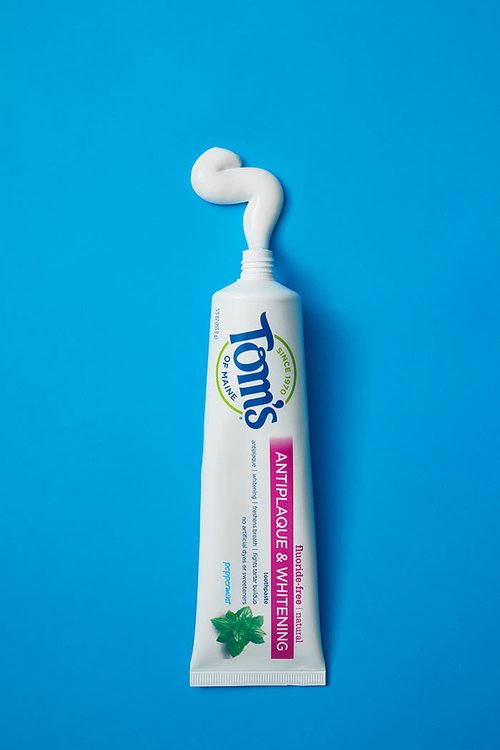
Unfortunately, Colgate-Palmolive’s efforts will only pay off if it can convince waste-management companies to see the tubes as valuable enough to collect and recycle. “Dealing with the recycling system is a bigger challenge than getting the science of the tube right,” says Heaslip.
Although few in the industry admit it, the reality is that plastic recycling rates globally are woefully low. About 8.3 billion tons of plastic has been produced since the 1950s, but research shows that only 9 per cent has been recycled. The remainder has ended up in landfill, the ocean or loose in the environment.
High-income countries often ship their waste around the world for recycling but some of it is dumped instead, a problem that intensified last year when China closed its doors to waste imports.
Unlike glass or metal, plastic packaging cannot be recycled ad infinitum because it degrades in quality. While scientists are working on so-called advanced recycling techniques to overcome this problem, they are not yet commercially viable. In the meantime, only 14 per cent of plastic packaging is even collected for recycling.
“One ton of food waste has the impact of three tons of packaging waste. If you start from a place where you demonise all plastic but then you waste more food, that will be worse” Dave Lewis, Tesco CEO
This reality has led green campaigners to argue that corporate pledges to make packaging recyclable are a cop-out.
They would rather industry reduce the volume of plastic used instead. To date, only one big consumer goods company has committed to do so: Unilever aims to reduce annual use of plastic packaging by about 14 per cent by 2025.
“It behoves the plastic industry to confuse people. Recycling is bullshit. It is a fig leaf of consumerism — a way to appease our guilt,” says Siân Sutherland, who co-founded the advocacy group A Plastic Planet.
“We just need to find a way to use less plastic packaging. It’s a temporary use for a permanent material, and that’s never going to be OK.”
Sutherland is not alone in calling for the industry to step up. Almost half the 65,000 people in 24 countries surveyed by Kantar in September 2019 named consumer goods companies as the most responsible for taking action on plastics, ahead of governments or retailers. Sutherland took this message to hostile territory in September: a packaging industry conference in London. In a cavernous hall, manufacturers of perfume bottles, thick colourful cardboard boxes, shiny ribbons and plastic pump bottles in every size and shape occupied hundreds of stands.
As they hawked their wares, there was a lot of plastic. Everywhere. Tucked at the back was Sutherland’s “Plastic Free Land”, where the activist had brought together six exhibitors. They are part of a wider movement of start-ups and established players that are trying to mimic plastic’s best qualities while using coated-paper products, wood, cardboard or cellulose-based fibre.
Among them was Sirane, a Shropshire-based company that has created a line of coated paper-based pouches and wrappers. Founder Simon Balderson, a bespectacled physicist whose company employs 400 people and has five factories, says they had more success working with upstart brands than corporate giants.
He pointed to a bright pink pouch of nutty granola from gut health start-up Troo, and a lemon-meringue bar from Flower & White. “Start-up brands are willing to take more risks with their packaging and make going plastic-free part of the branding,” he says.
Nearby, brothers Sam and Will Boex explained how their passion for surfing and experience of transporting boards around the world (always wrapped in plastic) led them to invent an extensible latticed cardboard packaging sleeve. Their Flexi-Hex packaging is now sold to various industries that need to protect large items for shipping
“It behoves the plastic industry to confuse people. Recycling is bullshit. It is a fig leaf of consumerism — a way to appease our guilt. We just need to find a way to use less plastic packaging” Siân Sutherland, A Plastic Planet
Others are going down a different route: making plastic out of biologically derived materials such as corn, sugar cane, potato starch or cellulose from seaweed or trees.
With $46m in venture funding, Israel-based start-up Tipa has developed a compostable flexible plastic film made of bio-materials that can be used to package everything from coffee beans to fresh carrots.
Notpla, a London-based start-up, has pioneered an edible, home-compostable film made of seaweed, which can be used to package drinks or sauces. Early trials have included handing out water pouches at the London marathon, Glenlivet whisky pods at a cocktail festival and replacing plastic ketchup packets in orders from Just Eat, the UK’s largest takeaway delivery platform.
As they are not made from fossil fuels, such bio-based plastics result in lower carbon emissions — but that does not mean that all of them simply break down if they end up in the ocean. Most need to be composted for 12 weeks at industrial facilities, using temperatures of 55C-60C, high humidity and oxygen.
While the UK has some infrastructure for industrial composting, many facilities still do not regularly accept solid objects such as bio-based plastic cups. In other countries the infrastructure might not be in place at all.
A UK parliamentary study published in September voiced concerns: “In the backlash against plastic, other materials are being increasingly used as substitutes in food and drink packaging. We are concerned that such actions are being taken without proper consideration of wider environmental consequences, such as higher carbon emissions.”
Miodownik, the University College London professor, argues that bioplastics are not the solution. “I’m all for us weaning ourselves off of fossil fuels, but it doesn’t make sense to make a new polymer that there isn’t a recycling system for,” he says, referring to PLA, a common type of bioplastic. “It’s a crazy thing to bring on the market.”
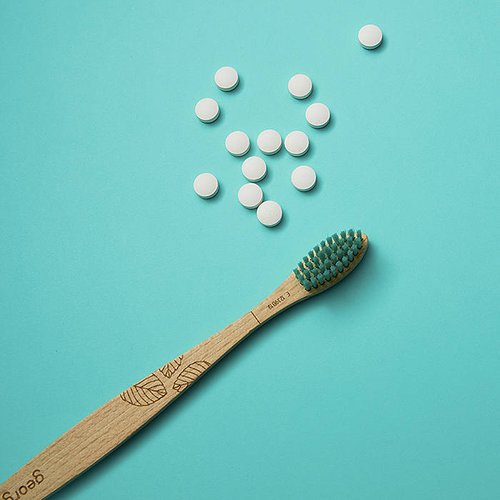
The deeper you delve into the problem of plastic packaging, the more you start to realise that there is very little consensus on solutions. Every answer has a rebuttal. Recycling is good! No, it’s broken. Paper is the answer! It will never work as well as plastic. Technology will save us! It will take years to be commercially viable. Taxes and regulation are needed! Government intervention is ineffective.
There are a few things, however, that people do agree on. Consumers need to be on board or even the best-intentioned efforts will fail. Coaxing out new behaviour requires learning by trial and error, something that does not come naturally to massive consumer goods companies.
An executive at Unilever says that its research shows only about 15 per cent of customers care enough about environmental issues to change their buying habits, while a further 50 per cent will only change if it comes at no extra cost or hassle for them. “Our job is to find solutions that will work for that majority of customers, the great masses, not the extremes,” he says. “That is how we can have real impact.”
The other point of consensus is that more experimentation is needed with new models that encourage the reuse of packaging.
The Ellen MacArthur Foundation examined more than 100 such initiatives in a recent report, from reusable coffee cup schemes to bulk grocery shopping, and found that they offered benefits such as brand loyalty and cost savings to customers and companies. More than 40 big companies, including Mars Inc, PepsiCo and Unilever, are now experimenting with reusable packaging, according to the foundation.
Loop founder Tom Szaky hopes that his online shopping service can show the viability of such models, shifting packaging from being a waste product owned by the consumer to an asset that belongs to the manufacturer.
Tesco is expected to launch Loop in February, followed by retailers in the US, Canada, Germany and Japan. “My dream is for Loop to be a global platform for reuse,” he says. “It can be the engine to help brands and retailers enable this profound change of moving to a world where waste does not exist.”
Much will depend on whether this new breed of refill and reuse products can appeal to shoppers who value low cost and convenience above all else. In all the anti-plastic mania, people seem to forget a key lesson, says Miodownik, namely to consider the entire life of a product from manufacturing to consumption to its disposal as waste.
“There is no such thing as a sustainable material. There are only sustainable systems,” he says. “People don’t think in terms of systems but that’s the only way.”
